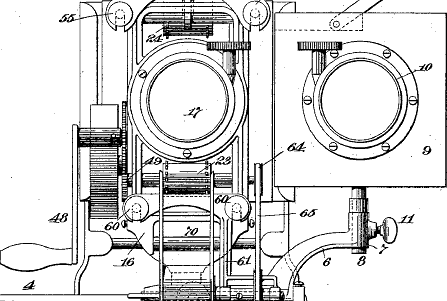A quick video I made demonstrating the difference between the filmic representation of data center noise and the reality of such noise for a presentation at the annual conference of the Society for Cinema and Media Studies (SCMS), Chicago, 2017.
Clip credits:
- 2001: A Space Odyssey (1968), dir. Stanley Kubrick
- Transcendence (2014), dir. Wally Pfister
- Skyfall (2012), dir. Sam Mendes
- Sounds of a Data Center (2015), Douglas Alger, IT Architect, Cisco
Clip credits:
- 2001: A Space Odyssey (1968), dir. Stanley Kubrick
- Transcendence (2014), dir. Wally Pfister
- Skyfall (2012), dir. Sam Mendes
- Sounds of a Data Center (2015), Douglas Alger, IT Architect, Cisco

 RSS Feed
RSS Feed